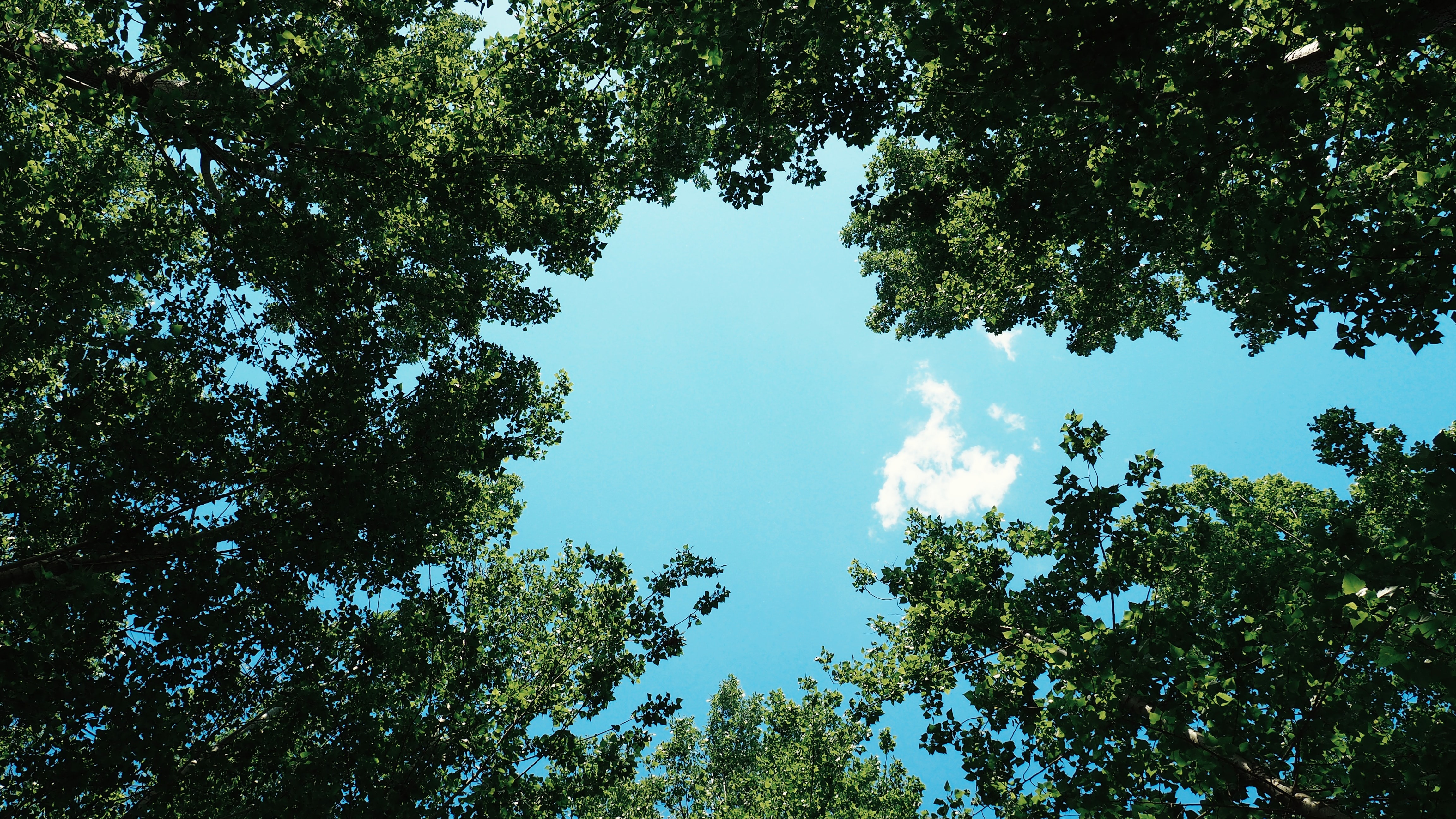If you’ve ever driven out of the city on a summer day, you’ve probably noticed that the temperature drops as you leave, especially at night. Urban areas with lots of buildings, concrete, and pavement experience a phenomenon called the heat island effect. In these areas, the average air temperature can be up to three degrees warmer than its surroundings during the day and up to 12 degrees warmer at night.
.jpg?width=300&name=ben-neale-Tu9NKqO4I70-unsplash_adobespark%20(1).jpg)
A 2019 study by the Georgia Institute of Technology found Louisville is getting hotter faster than any other metropolitan area in the US, compared to surrounding rural communities. Why? Louisville loses approximately 54,000 trees annually (from natural disasters and disease and development and lack of tree care) and, on average, replaces only 5,000. The study also found that the places with the least tree coverage also tend to be in lower-income neighborhoods — and are disproportionately communities of color.
A powerfully effective — and simple — way to combat this environmental and humanitarian issue is by intentionally building the urban tree canopy. The urban tree canopy consists of the layer of leaves, branches, and stems that provide coverage to the ground below. You probably know that trees are great for absorbing carbon and providing shade, but the implication of this capability is more significant than you may realize.
There are three main ways in which trees lessen the heat island effect. Direct shade is perhaps the most obvious and most impactful way. Trees absorb a significant amount of the sun’s energy, allowing only a tiny amount to seep through to the ground below. Trees also retain less heat than concrete, brick, and pavement, returning that hot air to the atmosphere much faster. And through a process called transpiration, trees also help to cool the air by using that heat to evaporate water.
On a small scale, trees save energy and make an environment more comfortable to exist in. On a broader scale, trees significantly mitigate the heat island effect: Landscaped areas can be 31 degrees cooler than asphalt. Trees shading homes can reduce attic temperatures by as much as 40 degrees. And, one tree can remove 26 pounds of carbon dioxide from the atmosphere annually, equaling 11,000 miles of car emissions. Trees also provide habitat for wildlife, reduce air pollution, and increase property values.
Increasing the tree canopy (and preserving the existing canopy) can be an equitable solution for Louisville and beyond. Trees benefit our environment through absorbed energy, people through improved health and comfort, and profit through lower energy costs and increased property value. The bottom line? We need more trees.
Ready to start the conversation or get to work? Contact us. Plant a tree. Have an arborist assess the health of your existing trees. Participate in the next Reforest the Bluegrass event. Fund Trees Lexington and Trees Louisville.


